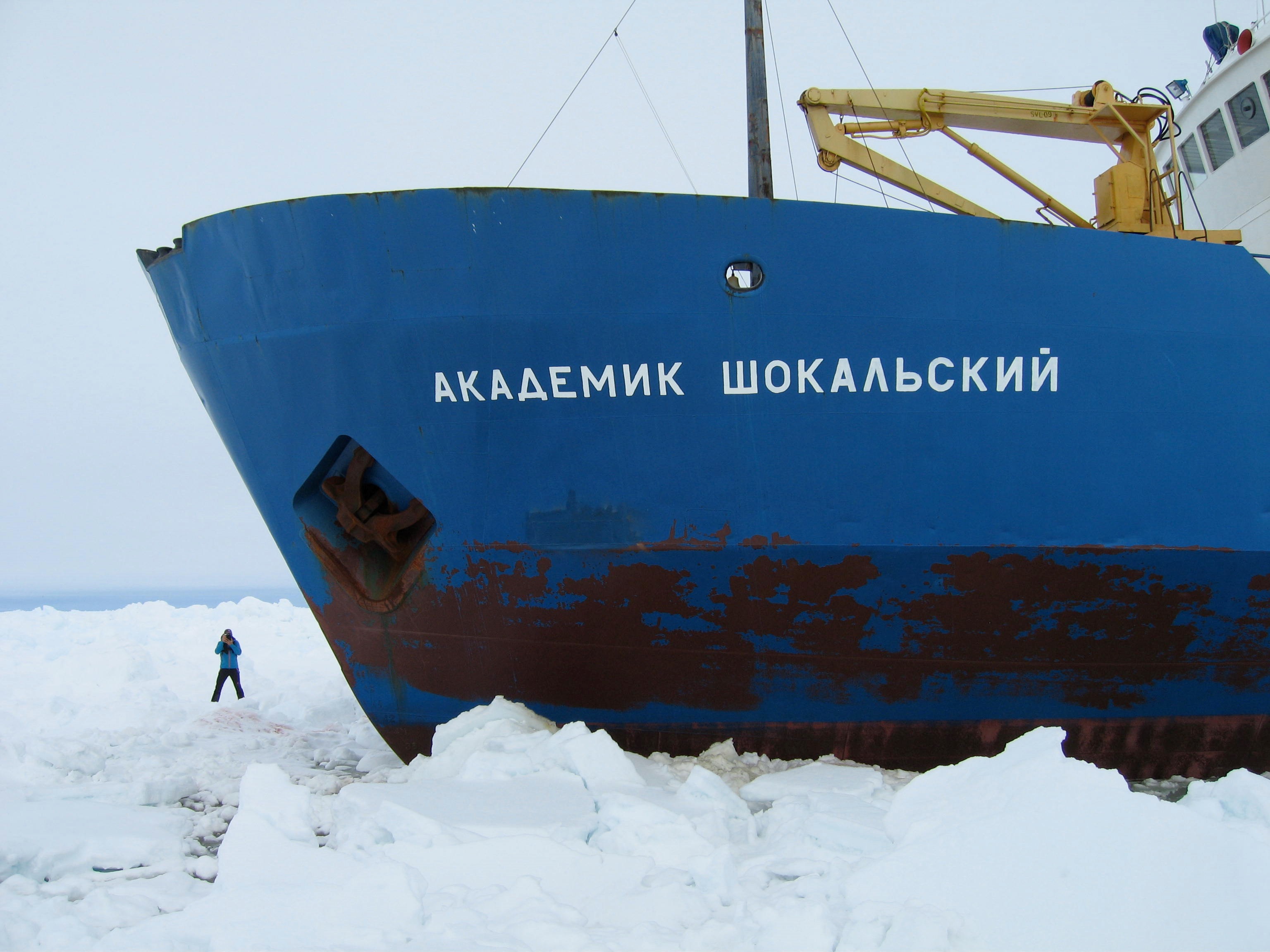Biography of an iceberg
Biography of an iceberg
In 1987 a huge piece of Antarctic ice broke off the Ross Ice Shelf, creating the largest mobile object on the planet at the time. The enormous berg was heralded in The New York Times as the most prominent in a spate of calving events that could be ‘a harbinger of climate changes to come.’ With all large bergs named according to a strict convention based on geography and timing, the newcomer became known as ‘B-9.’
For the first two years of its life, B-9 was propelled across the Ross Sea by deep ocean currents, until 1989, when it broke into three pieces. The largest—a berg about the size of the Australian Capital Territory named ‘B-9B’—was destined to carve a special place in Australian history. It drifted on currents up the east Antarctic coast, moving into territory claimed by Australia, before running aground at the Mertz Glacier Tongue, where it nestled for 18 years.
Meanwhile, Australia was gearing up for a celebration of its most famous national story of the far south: the Australasian Antarctic Expedition, led by Douglas Mawson. Plans were underway for an official ceremony at the base hut in Commonwealth Bay—an iconic Australian Antarctic site and an increasingly popular tourist destination—to coincide with the centenary of the expedition’s arrival in early 1912.
B-9B had other ideas. In late 2011, it grounded off the coast of Commonwealth Bay, putting centenary plans into disarray and forcing the official party to fly by helicopter to the historic site. But its impact did not end there.
The high point of its wilfulness came between Christmas and New Year 2013, when another centenary expedition—a tourist/science hybrid entitled ‘The Spirit of Mawson’—arrived in the Russian icebreaker Akademik Shokalskiy. Designed to use Mawson’s data as a baseline to gauge the last century of changes in the region, the expedition became trapped in the ice at Commonwealth Bay. While climate sceptics saw the whole episode as pleasingly ironic, the icepack that imprisoned the Shokalskiy was at least in part a result of the presence of the erstwhile climate-change ‘harbinger’ B-9B.

Image: Ben Maddison
These events remind us of the dangers of perceiving Antarctica as a pure wilderness sitting apart from human history. B-9B’s lifetime coincided not only with a growing understanding of anthropogenic impact, but also the development of a large-scale Antarctic tourism industry, which in turn fed on an interest in exploration heritage. These factors collided when B-9B blocked access to Commonwealth Bay. It rammed itself into the one part of the enormous Australian Antarctic Territory that has the most meaning as historical and political symbol, at the period when that meaning was at its most highly charged.

